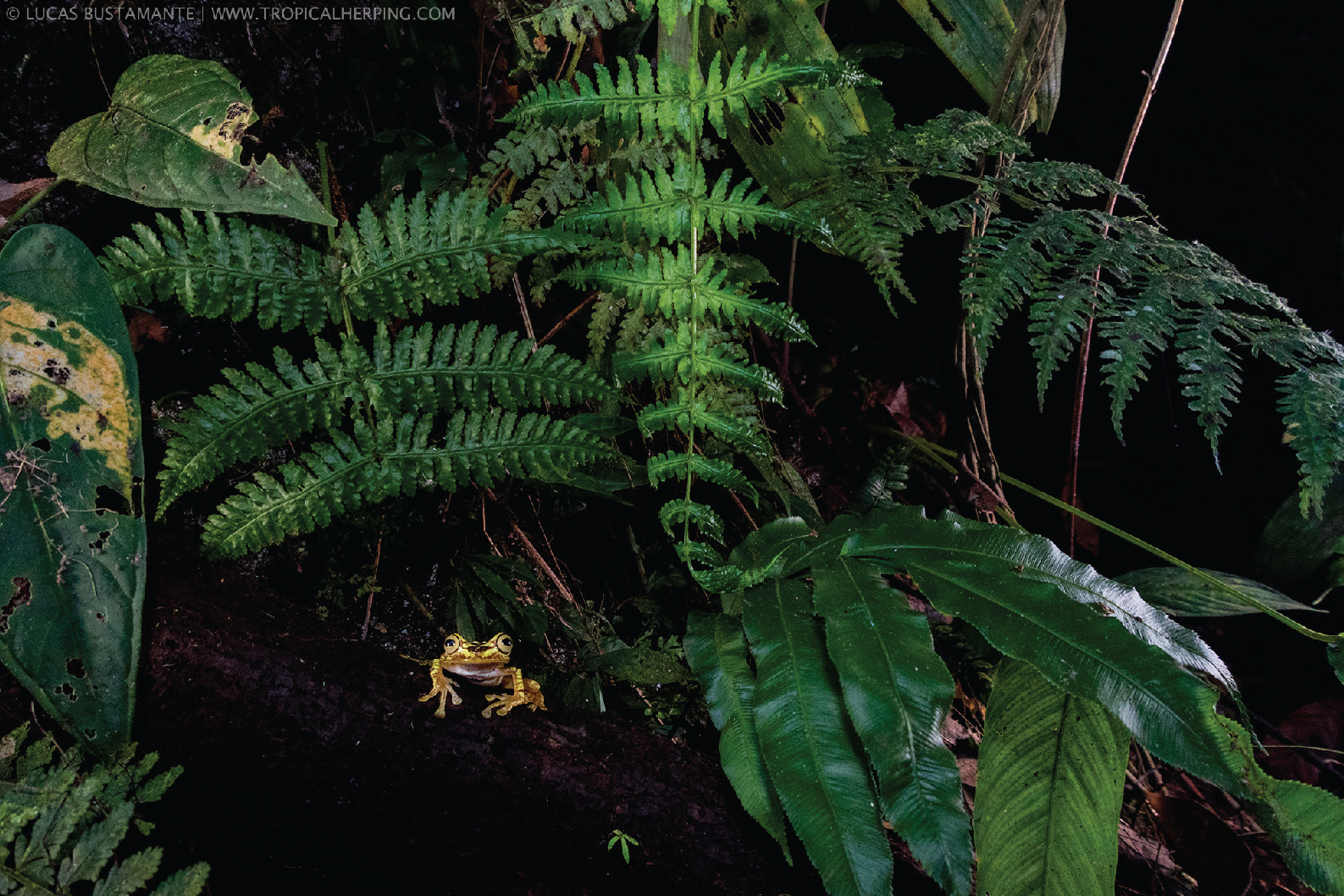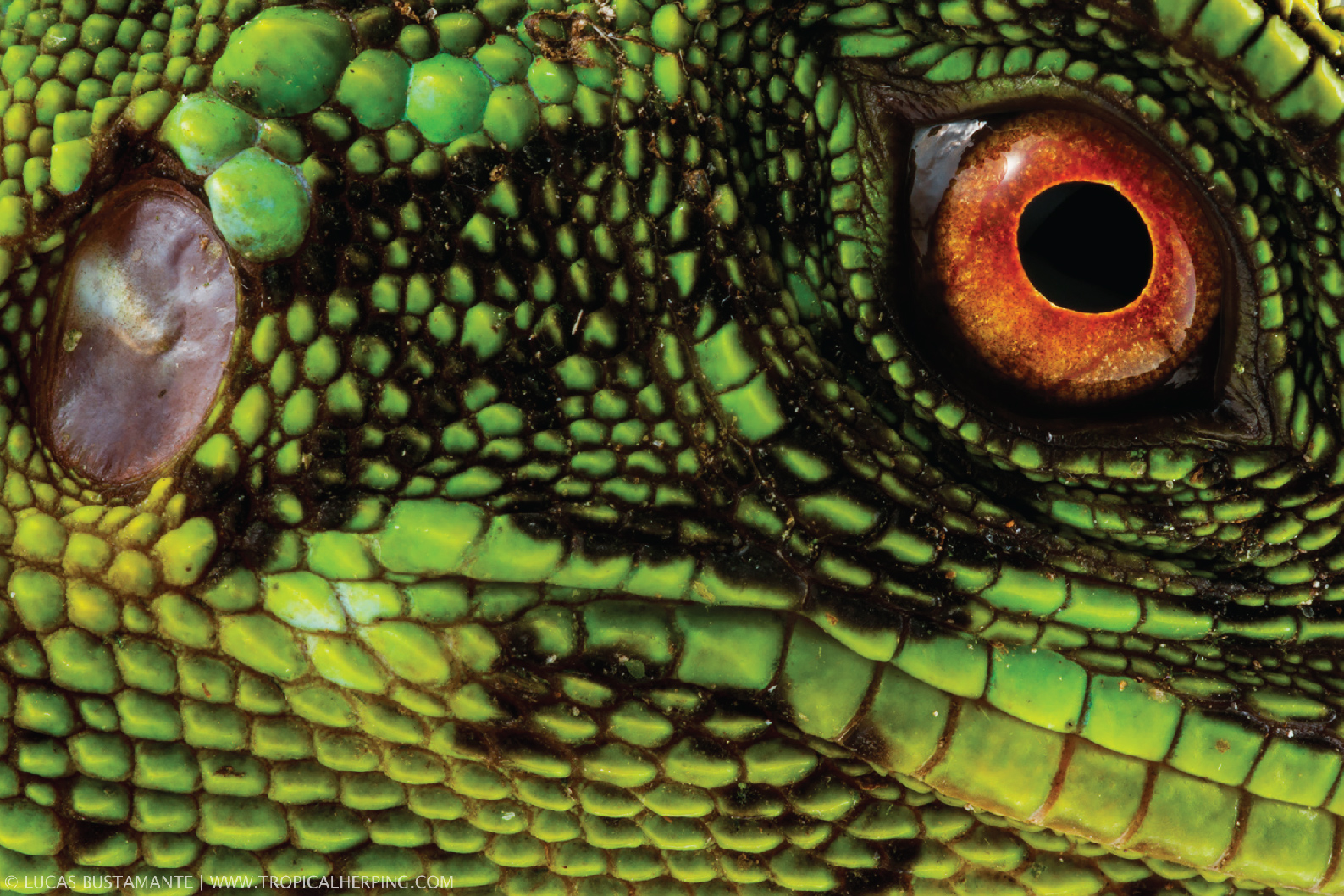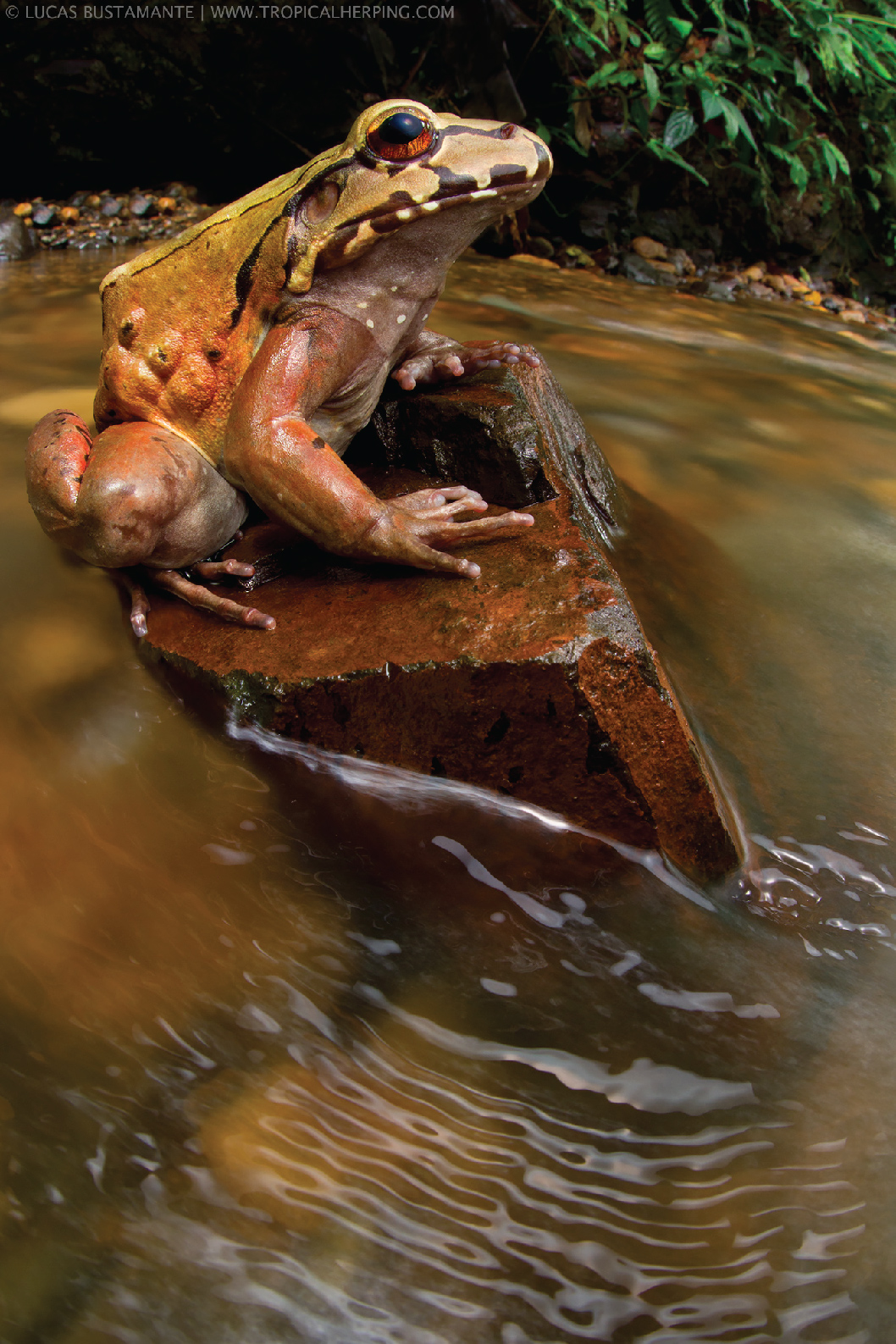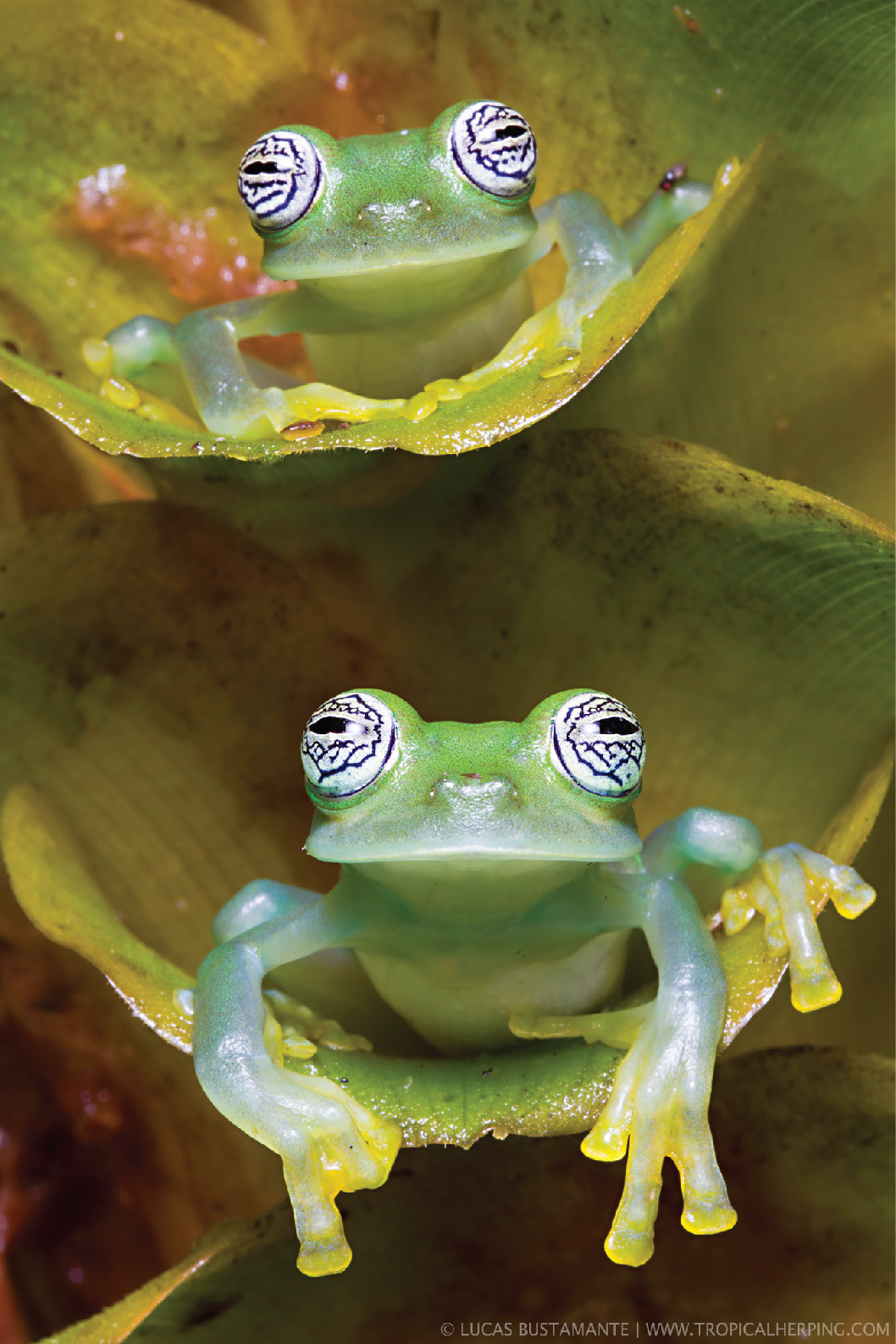Today we are featuring Lucas M. Bustamante who is one of the founders of Tropical Herping, a biologist, and a conservation photographer. He is an Ecuadorian who has spent the last eight years exploring his country and documenting the country’s wildlife. I hope you enjoy these comments and photographs from Lucas:
“Tropical regions hold the vast majority of biodiversity on Earth. Among all of the tropical countries, one of the jewels is Ecuador. Smaller than the state of Arizona, this tiny nation holds many ecosystems: the Amazon, Andes, Chocó, Dry forest, and Galápagos. This, in addition to its eternal spring weather, makes it easy to find tons of species throughout the country.
Among vertebrates, the most threatened group are the amphibians: climate change, emerging diseases, pollution, introduction of alien species, and lost habitat are the most important factors for their declines. Ecuador holds 8% of all amphibian diversity, but also has the highest number of endangered species - the vast majority of them are amphibians.
Ecuador has two of the best places in the world to find amphibian diversity. One of them is the famous Yasuni National Park in the Amazon, which arguably is the most biodiverse area on Earth. The second is the western side of the Andes - the Chocó region, one of the 25 global biodiversity hotspots. There are many threats to both regions: Yasuni: oil exploitation, wildlife trafficking, deforestation, and colonization; in the case of the Chocó: palm oil, crops, lumber companies, and slash and burn agriculture.
With this quick intro, I want to introduce you to some of the magical amphibians and reptiles that blew my mind and touched my heart during my last 8 years working in Ecuador as a biologist and a conservation photographer. All of these photographs are from the Ecuadorian Chocó region, where less than 5% of the forest remains intact. This small world is not featured very often in newspapers, videos, or news about conservation or biodiversity, mainly because the region is unknown and the wildlife is elusive. Nevertheless, amphibians and reptiles are the core of all ecosystems and possibly the best indicators of well-preserved habitats.































